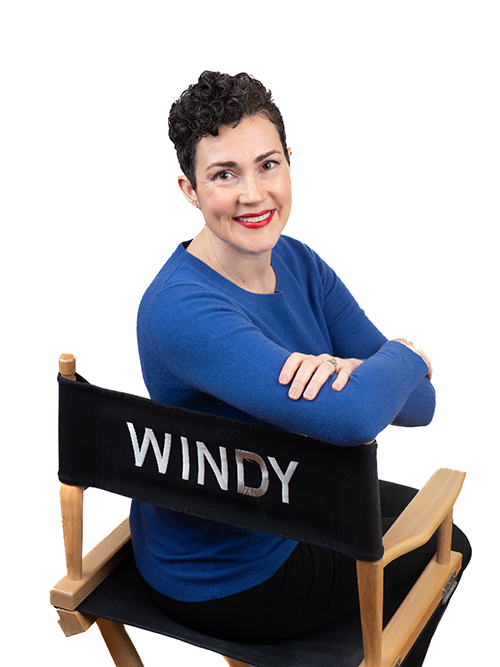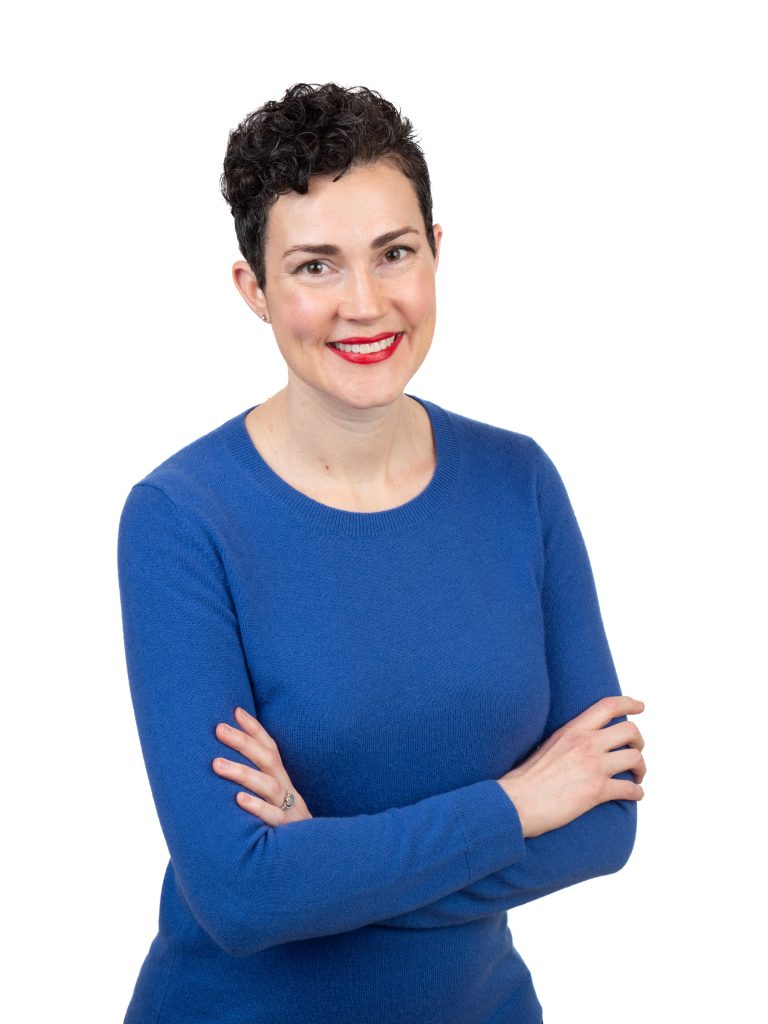The Bechdel test, also known as the Bechdel–Wallace test, is a measure of the representation of women in fiction. The test is named after American cartoonist Alison Bechdel, in whose 1985 comic strip Dykes to Watch Out For the test first appeared. According to Wikipedia, Bechdel credited the idea to her friend Liz Wallace and the writings of Virginia Woolf. After the test became more widely discussed in the 2000s, a number of variants and tests inspired by it emerged.
The Bechdel test consists of the following three questions:
- Did two or more women have names (not Hot Girl at a Party) within the film and speak?
- Did they speak to each other?
- If they did, did they discuss something other than a man?
If you answer “no” to any of these, the film fails the Bechdel test.
Once you start asking yourself these questions, it’s amazing how many films fail The Bechdel-Wallace Test. For example, none of the original Star Wars films pass The Bechdel Test, but in 2020 only three of the films nominated for Best Picture passed.
According to user-edited databases and the media industry press, about half of all films meet these criteria. Passing or failing the test is not necessarily indicative of how well women are represented in any specific work. Rather, the test is used as an indicator for the active presence of women in film and other fiction, and to call attention to gender disparity.
The Evolution of the Bechdel test
Media industry studies indicate that films that pass the test perform better financially than those that do not. However, in July 2020, British Vogue addressed the disparity between film and TV in the article, “Why Are Films Failing the Bechdel Test When TV Has Progressed?” . In it they cite how the Bechdel test have evolved between 1985 and today.
In 2017, data-driven site FiveThirtyEight launched a campaign to create the next Bechdel Test, asking more than a dozen women to devise new ways of calculating gender and racial imbalance. Emmy-winning writer Lena Waithe asked that films have a black female character who is in a position of power and in a healthy relationship; actor Rory Uphold asked that the on-set crew be 50 per cent women; and writer Noga Landau asked that the film’s female lead not end up dead, pregnant or causing problems for the male lead. When the 50 top-grossing films of 2016 were run through the new tests, the results were dismal.
Other alternatives to the Bechdel Test include:
- The Mako Mori Test, coined on Tumblr and inspired by the character of the same name in Guillermo del Toro’s Pacific Rim (2013). It asks that films have at least one female character who has her own narrative arc and does not exist only to support a man’s story.
- The Furiosa Test, named after Charlize Theron’s character in Mad Max: Fury Road and applicable to films that anger men’s rights activists
- The Sexy Lamp Test, invented by writer Kelly Sue DeConnick who said: “If you can remove a female character from your plot and replace her with a sexy lamp and your story still works, you’re a hack.” Example: Milla Jovovich’s character didn’t say anything in Dazed and Confused.
What’s Next?
Movie theaters and audiences can help encourage female representation in films. Examples include offering a feminist film rating (like they do in Sweden) or buying tickets for films featuring complex female protagonists to boost Box Office numbers. However, none of these solve the underlying problem.
“In an ideal world, we wouldn’t need tests,” says [Corrina Antrobus, the founder of Bechdel Test Fest, the London-based film festival celebrating progressive depictions of women on screen]. “We would have faith that the film industry is operating on a level playing field, [but] there is currently a severe imbalance.” This is why, she says, we need metrics that draw attention to these injustices and challenge them.
The Bechdel Test has been doing exactly that for 35 years. It may not have achieved all it intended to, but if we become more conscious about the content we consume, we can ensure that almost all future releases pass it. Showing major studios that there is public demand for representation is the only way to get women to speak more on screen — and in doing so, help pave the way for equality on set and behind the lens, too.
So when you’re developing your creative project, think about the gender representation of the speakers. Ask yourself whether your content would pass the Bechdel test. If it doesn’t, we encourage you to revise the dialogue until it does. It really is the least you can do to create a more equitable and inclusive story.


